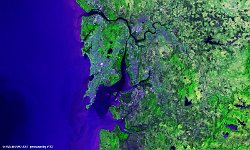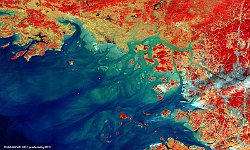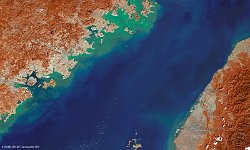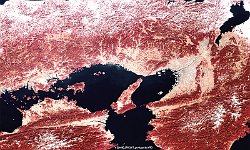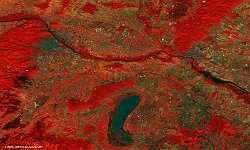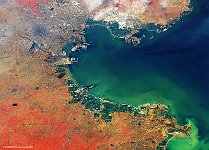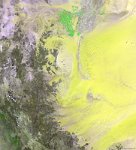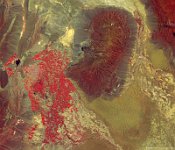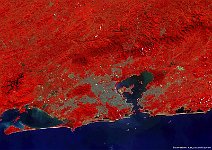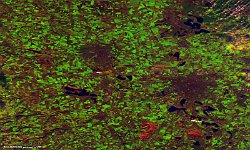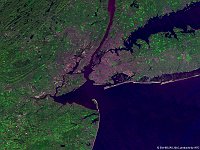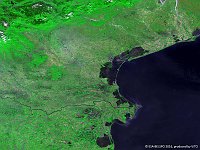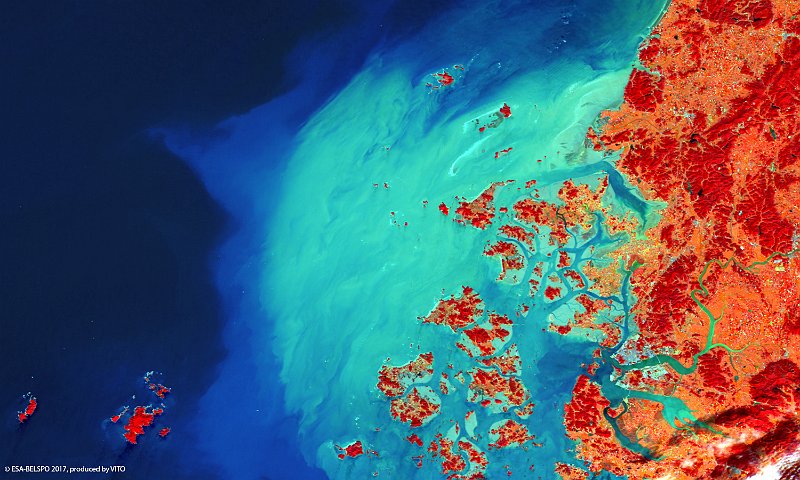28 / 52
Mokpo, South Korea
Mokpo is a mid-size city (~250,000 inhabitants) in the southwest of South Korea and is part of the South Jeolla Province. It is a main gate to the country’s largest granary at the Honam Plain and has been a naval base during the Choson Dynasty (1392 – 1910).
Further, it was the hometown of late South Korean president and Nobel Peace Prize 2000 recipient Kim Dae-Jung.
The city is surrounded outside the coast by more than 1,400 islands, which provide fishing grounds and also protect the area from large typhoon and tsunami impacts.
The 100 m image of 6 October 2016 shows Mokpo in the lower-right image part as a blue-grey area located at the Yeonsang River estuary. Furthermore, the image shows the scattered smaller and larger islands outside the coast, while an extensive area with large sediment concentrations extents further into the Yellow Sea in a bow shape.
Date: 06/10/2016
Resolution: 100m
